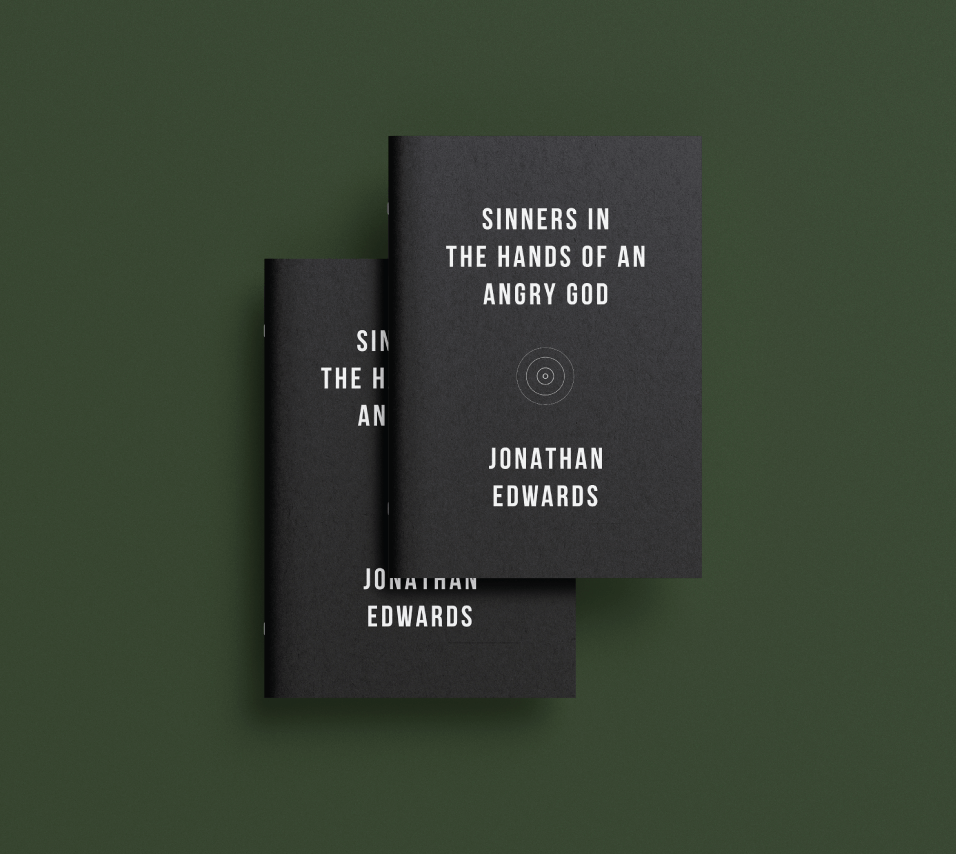Book Recommendations on the Second Council of Nicaea
- The Second Council of Nicaea (787): Texts and Translations by Richard Price
- The Icon: A Theology of Beauty by Michel Quenot
- Iconoclasm: Contested Images, Contested Terms by Stacy Boldrick
- The Spirit of Early Christian Thought by Robert Louis Wilken
- Byzantium: The Surprising Life of a Medieval Empire by Judith Herrin
Click the title to view the book on Amazon.
Reaffirming Sacred Art in Christian Worship
The Second Council of Nicaea, held in 787 AD, marked the resolution of one of the most divisive controversies in Christian history: the use of icons in worship. By restoring the veneration of icons, the council reaffirmed their role in Christian devotion and safeguarded the theological foundation of visual expressions of faith.
This article delves into the Second Council of Nicaea, its historical context, key decisions, and enduring impact on Christian theology and practice.
Historical Context: The Iconoclasm Controversy
The Rise of Iconoclasm
The 8th century witnessed the rise of iconoclasm, a movement that opposed the use of religious images (icons) in worship, deeming them idolatrous. Emperor Leo III initiated the policy in 726 AD, ordering the destruction of icons and banning their veneration.
This policy, supported by subsequent emperors, caused deep divisions within the church, as many believers and clergy viewed icons as vital to Christian devotion and teaching.
Theological Defense of Icons
Defenders of icons, including John of Damascus, argued that icons were not objects of worship but windows to the divine. They emphasized the Incarnation of Christ, which made visible representations of the divine permissible and meaningful.
The Convening of the Council
After decades of controversy, Empress Irene, acting as regent for her son Constantine VI, sought to restore the veneration of icons and unify the church. She convened the Second Council of Nicaea in 787 AD, bringing together bishops from across the empire to address the issue.
Key Decisions and Decrees
Restoration of Icon Veneration
The council declared that the veneration of icons was a legitimate and important aspect of Christian worship. It distinguished between:
- Veneration (proskynesis): A form of reverence given to icons, saints, and sacred objects.
- Worship (latreia): Reserved for God alone.
The council stated:
“The veneration of icons is an expression of faith in the Incarnation of Christ, who took on visible form for our salvation.”
Condemnation of Iconoclasm
The council condemned iconoclasm as heretical, affirming that the destruction of icons undermined the theological significance of the Incarnation.
Affirmation of Earlier Councils
The Second Council of Nicaea reaffirmed the decisions of previous ecumenical councils, emphasizing the continuity of orthodox theology and practice.
Legacy of the Second Council of Nicaea
Theological Significance
The council’s decisions reinforced the centrality of the Incarnation in Christian theology, affirming that material representations could convey spiritual truths.
Influence on Christian Art and Worship
The restoration of icon veneration had a profound impact on Christian art, inspiring centuries of sacred imagery in the Eastern Orthodox, Roman Catholic, and later Protestant traditions.
Unity and Division
While the council sought to unify the church, it also deepened divisions with iconoclastic groups and contributed to the growing rift between the Eastern and Western churches.
A Testament to the Power of Sacred Art
The Second Council of Nicaea stands as a defining moment in the history of Christian worship, restoring the veneration of icons and reaffirming their role in expressing and deepening faith. By addressing the iconoclasm controversy, the council preserved a vital aspect of Christian tradition, ensuring that sacred art continues to inspire and illuminate the path of devotion.

